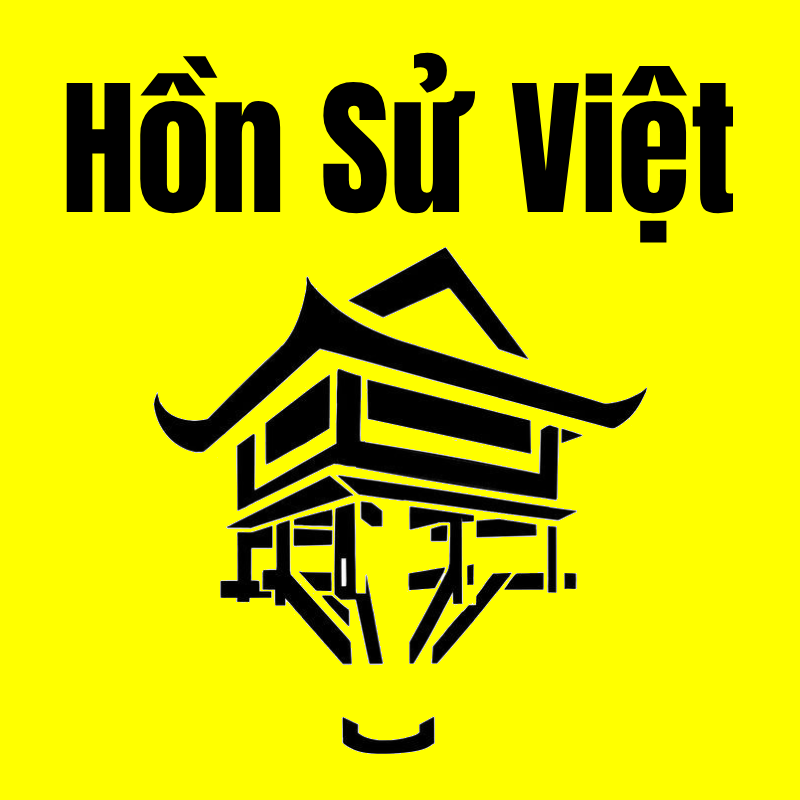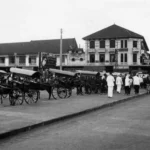Đây là một bức ảnh quý giá chụp trên đường Tabert vào thập niên 50 (nay là đường Nguyễn Du) tại Sài Gòn. Phía bên trái của khung hình là Tòa Đô chánh Sài Gòn, một công trình kiến trúc thời Pháp thuộc, còn được gọi là Dinh Xã Tây, nay là trụ sở Ủy ban Nhân dân Thành phố Hồ Chí Minh.
Trong hình có một cặp đôi đang dạo phố. Người phụ nữ mặc áo dài truyền thống với họa tiết hoa văn tinh tế, đi guốc kiểu truyền thống. Người đàn ông mặc trang phục kiểu phương Tây với áo sơ mi trắng và quần tây, đang dắt một chiếc xe đạp.
Khung cảnh cho thấy một Sài Gòn thanh lịch với những hàng cây xanh mát dọc đường phố. Kiến trúc của Tòa Đô chánh thể hiện phong cách colonial (thuộc địa) điển hình với những cột trụ và cửa sổ cao theo kiểu Pháp.
Bức ảnh phản ánh sự giao thoa văn hóa Đông – Tây đặc trưng của Sài Gòn thời bấy giờ, thể hiện qua cách ăn mặc, phương tiện đi lại và kiến trúc đô thị. Đây là một tư liệu quý giá về đời sống đô thị Sài Gòn trong quá khứ.
This is a rare photograph taken on Tabert Street (now Nguyen Du Street) in Saigon. On the left side of the frame is the Saigon City Hall, a French colonial architectural structure also known as Dinh Xa Tay, which is now the headquarters of the Ho Chi Minh City People’s Committee.
The image shows a couple walking down the street. The woman is wearing a traditional ao dai with delicate floral patterns and traditional wooden clogs. The man is dressed in Western clothes with a white shirt and pants, walking on a bicycle.
The scene depicts an elegant Saigon with green trees lining the streets. The architecture of the city hall is typical colonial style with high columns and French-style windows.
The photograph reflects the characteristic East-West cultural fusion of Saigon at that time, as seen in the styles of clothing, transportation, and urban architecture. It is a valuable historical document of urban life in old Saigon.
The image appears to be from the LIFE magazine archives, as indicated by the LIFE watermark, and captures a moment of daily life in colonial-era Saigon that beautifully illustrates the blend of traditional Vietnamese and Western influences in the city’s social fabric.












